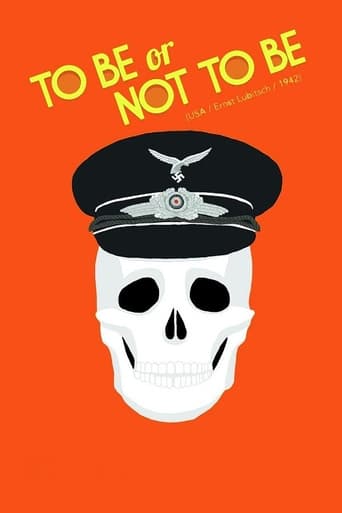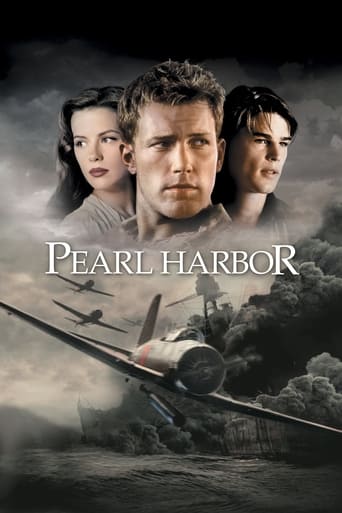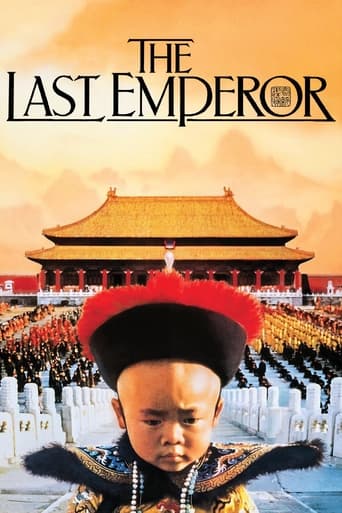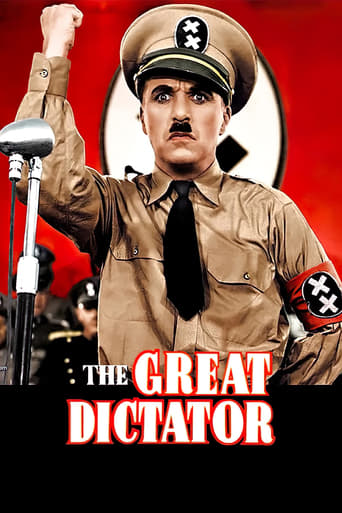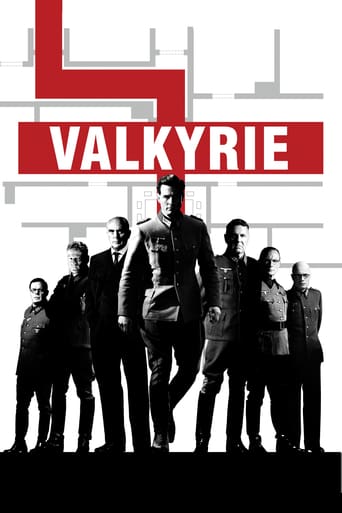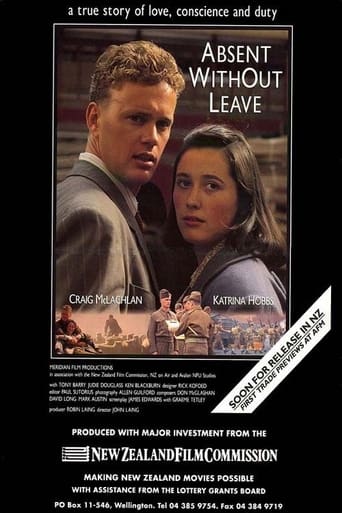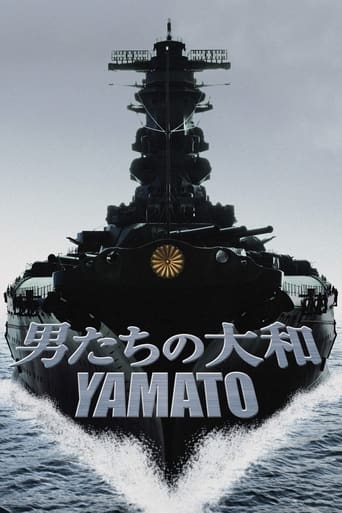
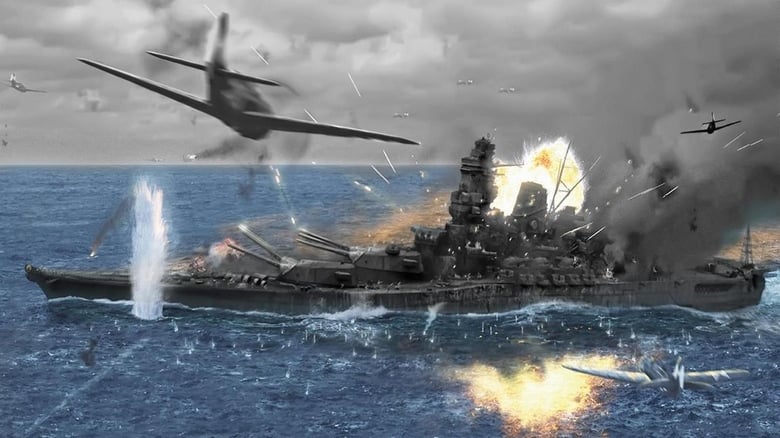
Yamato (2005)
Directed by Junya Sato and based on a book by Jun Henmi, "Yamato" has a framing story set in the present day and uses flashbacks to tell the story of the crew of the World War II Japanese battleship Yamato. The film was never released in the United States, where reviewers who have seen it have compared the military epic to "Titanic" and "Saving Private Ryan."
Watch Trailer
Cast


Similar titles
Reviews
Great Film overall
Fresh and Exciting
An Exercise In Nonsense
In truth, there is barely enough story here to make a film.
On April, 6th 2005, in Makurazi, Kagoshima, Makiko Uchida (Kyôka Suzuki) seeks a boat in the local fishing cooperative to take her to the latitude N30, longitude L128, where the largest, heaviest and most powerfully armed battleships ever constructed Yamato was sunk on April, 7th 1945; however, her request is denied. She meets by chance the captain Katsumi Kamio (Tatsuya Nakadai) of the fishing vessel Asukamaru and discloses that she is the stepdaughter of Officer Nagoya Uchida (Shidô Nakamura) and Kamio immediately accepts to take her in the risky journey. While traveling with Makiko and the fifteen year-old Atsuchi (Sosuke Ikematsu), Kamio recalls and discloses the story of Yamato and his close friends that served on board of the battleship until the final suicidal mission in Okinawa. When they reach the spot where Yamato was sunk, he considers that he finally reached the end of the Shōwa era."Otoko-tachi no Yamato" is a dramatic movie based on the true story of the Battleship Yamato in World War II. This film gives an approach of Japanese relationship in war totally different from the stereotype of American and European movies of this genre that usually treat Japanese soldiers as cold blood killers detached from any emotions. In "Yamato!", the Japanese military are human beings, with beloved ones, families and comradeship between them, giving more credibility to the story. However, director Junya Sato exaggerates in the melodramatic subplots and in many moments the viewer has the sensation of watching a soap-opera instead of a drama. The final battle of Yamato is engaging and one of the best moments of this film. The music score is repetitive and boring and I personally did not like it. Last but not the least, the Shōwa period mentioned by Katsumi Kamio in one of his last lines literally means, in accordance with the Wikipedia, "period of enlightened peace", or Shōwa era, is the period of Japanese history corresponding to the reign of Emperor Shōwa (Hirohito), from December 25th, 1926 to January 7th, 1989. My vote is seven.Title (Brazil): "Yamato"
Given their desire to put the humiliation of the Showa period behind them and their understandable anti-militarism, I am glad to see the Japanese put out a realistic war movie that gets away from stereotypes. The story could be about the young men of any country in any war. Although the tag lines often read that it is about the Yamato on her last mission, this is really a backdrop for the portrayal of her crew as what they were, people. Multi dimensional, brave, flawed and dedicated. It also shows that the Americans were committed to press the attack until the job was done.Although there were (and always are in war movies) technical errors, the act of strafing gun crews is an admitted tactic of US Naval fighter pilots of the era. This made it safer for the torpedo and dive bombers. I was glad to see that they showed blood in the battle scenes (often not shown in naval battles), not because I like gore, but it helped bring to life the horror of battle.
I guess the ambition of this film is to show the personal drama taking place alongside the big drama of the last ditch demise of the great "Yamato", and from this point of view the film performs well but expectable. There is the tragedy of young lives being lost for a lost cause, the psychological wounds of the survivors that never heals. There's also the mandatory journey to the spot of the disaster made on an anniversary by one of the survivors and a daughter to another, maybe inspired by J. Cameron's "Titanic". Factually, though, the film is a failure. It would of course be impossible to make a replica of the ship, so it has been recreated digitally, and to excellent effect in the few scenes you actually view the whole ship, or most of it, making its way through the seas. Those moments alone are worth the price of the ticket. But the budget didn't cover much more than that. The mock-up of certain parts of the ship look just like mock-up, we don't even get to know about one light cruiser and several destroyers that followed "Yamato" to disaster (most of them were also sunk) and we don't see one single US ship (aircraft from at least 12 American aircraft carriers participated in fending off the Japanese). What's worse, we are not told how the battle developed or what tactics were used by the Japanese task force nor by the US air squadrons. The great battleship was eventually sunk after being hit by many torpedoes and several big, armor-piercing bombs, but most of what we see is low flying US aircraft strafing the crew and hitting the decks with small caliber ordnance, causing incredible carnage. The strafing did take place on several occasions during the day, the ship was also hit by small rockets from F4U Corsair fighters, but it all had marginal effect. The huge 456 mm guns are seen firing away towards the approaching aircraft, and while this in fact did happen, one couldn't stay exposed on deck, as the enormous blast would probably kill or at least severely injure you, so crew were forbidden on the outside on such occasions. All in all, the never-ending screams of dying seamen don't make up for the lack of most of other angles of this last major battle of WWII. All in all, some 3000 Japanese lives were lost on the "Yamato" alone, plus more than a thousand more on the accompanying ships, without disturbing the US Okinawa operations in any way. Some figures are mentioned in the film but the tragedy of this sacrifice in not fully pointed out. During the day the US lost 12 airmen and 10 airplanes.
Here we have the epic tale of the battleship Yamamoto. This ship was eventually destroyed by a U.S. air strike off the coast of Okinawa; well over 2,000 crewmen went down with the ship, and most where new conscripts who were merely teenagers. While adhering to most factual details, the movie embellishes with dramatic tales of family and friends, lovers and mothers, the effect of which is intended to heighten the sense of tragedy over the loss of youthful lives. The viewer also witnesses the brutal discipline of the Japanese military of that era, replete with punishment and beatings for those who fail to meet the exacting service standards demanded by superior officers.The young sailors are depicted as striving with gusto to serve in the capacity expected of them. The fact that all are deluded into thinking they are serving to protect Japan is left to modern historic sensibilities to recognize. No mention is made of the abhorrent brutality of the Japanese military in Asia. On the other hand, American airplanes attacking the ship are merely an impersonal airborne antagonist; the planes appear as nothing more than menacing vehicles streaming down from the sky in much the same manner as the Japanese aircraft in the American movie Pearl Harbor.While one might argue the exaggerated masculinity that the Japanese military exhorted its members to assimilate led to the ruin of the young men, and this may be a central tragedy the movie sought to explore, the relish which most sailors seem to take in the fight does little to promote sympathy from the viewer. In cinematic terms, one strong point of the film is the Yamamoto's final battle where a grim and bloody onslaught, reminiscent of Saving Private Ryan, depicts the Yamamoto's denouement. Another feature of the film: it is told in a limited "flash back" style. It begins with a young woman seeking to find the Yamamoto's grave on the anniversary of its sinking, (There is more than one debt the movie owes to Saving Private Ryan). The movie ends with the young woman and friends in a small boat saluting the dead at sea. While this scene, too, is calculated to yield a strong sentimental response from the audience, its most useful purpose is to show that the issues of World War II remain difficult for contemporary Japanese to accept and resolve. But surely the difficulty is much more than grappling with the results of a failed military adventure.One very weak point of the movie is the fact that most of it was shot in a studio, something easily discernible. There is no out-at-sea feeling to the movie; scenes are shot too tightly to give the impression of being out in the open on a large vessel. The CGI effects are very poor, with the Yamamoto looking like a battleship on a video game display.In spite of strong performances by a number of the actors here, the movie cannot escape its own limited scope--it will not attract viewers outside of Japan. It is a movie designed for Japanese, and one that asks a limited number of questions about that nation's tragic march to disaster.





